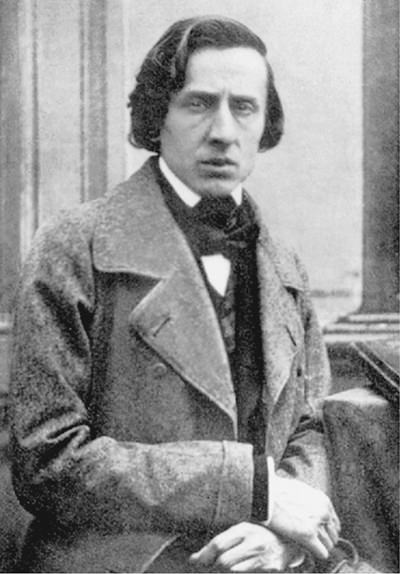
Near the beginning of almost every piece of printed music there are two numbers, one above the other, like a fraction. It’s called a time signature, but despite its name it tells you very little about time. Instead, it merely indicates how the composer or arranger has grouped the beats in each measure, supposedly to make the music easier to read and understand.
Time is fundamental to music, which makes it different to many other of the arts. You can look at a painting for as little or as long as you want, you can skip through a book or a poem and get the gist of it. But if a symphony lasts forty minutes you’ll need forty minutes to hear it. However, for much of those forty minutes you’ll be listening to silence, even though it might come in bursts of seconds and milliseconds. Music contains lots of tiny moments of silence.
Composers often use longer period of silence for dramatic effect. In the first movement of his suite The Planets, composer Gustav Holst creates a terrifying effect by suddenly halting the heaving, thunderous music and leaving the audience in stunned silence for several seconds. There are dozens of other musical examples of using silence for different dramatic purposes. Haydn’s string quartet nicknamed The Joke creates humour by placing silences in unexpected places. In the esoteric music of Anton Webern, there is often more silence than sound.
Actors often talk about timing, a concept which is closely related to music. It’s about the speed of delivery and the skill of using pauses for dramatic effect. It’s being aware of the space between the words. The French composer Claude Debussy once said that “music is the space between the notes” which probably sounds a bit enigmatic but Debussy was known for making enigmatic statements. Any experienced musician can tell you about the importance of “placing” notes appropriately in relation to each other. Timing, you could say.
For many years, composers had no way to indicate the exact speed or tempo of a piece. They could give only a rough indication using words. It wasn’t until 1814 that a “musical chronometer” was invented by Dietrich Nikolaus Winkel of Amsterdam. His idea was borrowed – or possibly stolen – by the German inventor and showman Johann Maelzel who started making metronomes under his own name two years later. From then on, composers had the means of indicating the precise tempo of their music, though at first some didn’t bother. The metronome was – and still is – calibrated in beats per minute, a measurement familiar to DJs of our own time.
Few composers have written works inspired by the concept of time, although the French composer Olivier Messiaen wrote Quartet for the End of Time and the British composer Michael Tippett wrote an oratorio called The Mask of Time. John Cage is perhaps best known for his composition entitled 42333 in which nothing much happens. In contrast, he also wrote a piece for organ called As Slow as Possible which runs for 640 years. It doesn’t get played very often.
Amilcare Ponchielli (1834-1886): La Gioconda (Dance of the Hours). Cairo Symphony Orchestra-Nayer Nagui (Duration: 10:37; Video 480p)
Ponchielli (pohn-kee-AY-lee) was an Italian opera composer who after a rather shaky start to his career eventually became well known, though only one of his operas La Gioconda is performed today. The Dance of the Hours was actually a ballet within the opera, first performed in 1876. You’ll probably recognise the main tune when it finally gets started at 02:25 because it was used in the Disney cartoon Fantasia. But just listen for the silences and the way that the woodwind soloists “time” the notes. If you listen carefully, you might notice that there are more spaces between the notes than there are notes.
The ballet incidentally, represents the hours of the day and night, and it’s intended to symbolize the eternal conflict between the forces of light and darkness.
Frédéric Chopin (1810-1849): Waltz in D-flat major, Op. 64, No. 1. Lang Lang (pno) (Duration: 02:14; Video: 720p HD)
The title might sound unfamiliar but this is the famous Minute Waltz. Contrary to popular belief, the first word is not pronounced “MINNIT”. It should be pronounced “MY-NEWT” meaning “small”, which of course gives the piece a rather different meaning. Chopin never intended the piece to be played in one minute, though that hasn’t stopped people from trying. Chopin wrote it in 1847 and evidently got the idea after watching his dog chasing its tail in the garden. In this rehearsal video, just notice how Lang Lang uses instinctive timing to carefully “place” the notes in the slower middle section to give a sense of grace and movement. Oh yes, Chopin’s dog was named Marquis, since you asked.
 |
 |
 |





